IDS Software Suite 4.96.1
When perceiving or imaging a scene, the form of the imaging characteristic is crucial for displaying the differences in brightness. With image processing (e.g. applications such as edge detection and character recognition), linear characteristics are generally required. The human eye, on the other hand, perceives differences in brightness based on a logarithmic characteristic, which often approximates a gamma characteristic in practice. All three forms will be shown in the following.
Linear characteristic
If a system yields double the output value for double the brightness, the system features a linear characteristic:
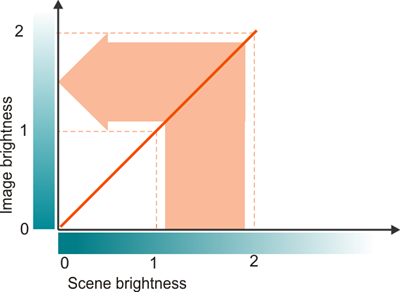
Fig. 38: Imaging with linear characteristic
Gamma characteristics (or gamma curves) are named after the Greek formula symbol γ. Gamma curves are power functions of the form
and are often used in photography or image display on computer screens. A gamma value of 1 generates a linear characteristic again. A curve with the value γ = 2.2 used for computer screens is shown in the figure below.
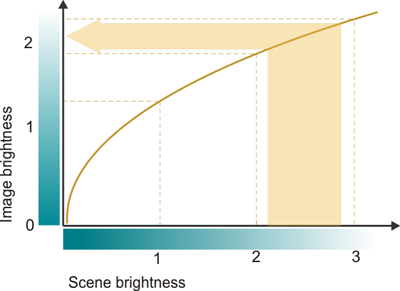
Fig. 39: Imaging with gamma characteristic
Such a gamma characteristic brightens dark areas of an image, which corresponds more to the perception of the human eye. In light areas of an image, the differences in brightness are condensed for this.
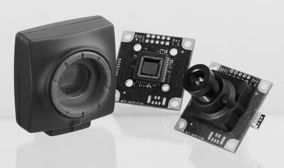
Fig. 40: Image with linear characteristic
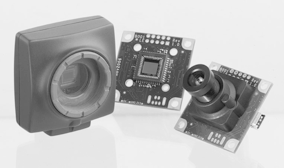
Fig. 41: Image with gamma characteristic
Logarithmic characteristic
The effect of the logarithmic characteristic is even stronger. Here, the characteristic follows the function
The following diagram illustrates how very large jumps in brightness in light areas of a scene only cause small changes in image brightness. This explains why image sensors with a logarithmic characteristic, in particular, are ideal for imaging scenes with very high dynamic range.
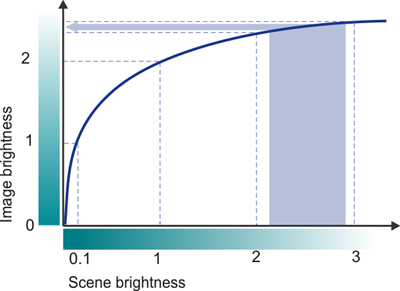
Fig. 42: Imaging with logarithmic characteristic
With a lookup table (LUT) it is easy to apply characteristic curves to digital images. A LUT is a table which assigns an output value to every possible input value. The figure below shows a LUT which would binarize an image: For an 8 bit image, for example, this LUT would replace all pixels with gray values 0...127 with value 0 and all pixels with gray values 128...255 with value 255.
Using LUTs has the advantage that calculations can be done very fast. Typical applications of LUTs are enhancing image contrast, or gamma characteristics. Some uEye cameras can perform LUT operations on the image already in the camera (see pixel pre-processing in D: Specifications). In other uEye models, LUT operations are performed on software side.
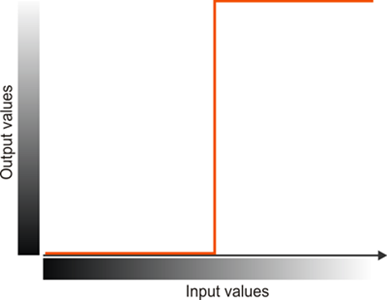
Fig. 43: LUT characteristic for binarizing an image